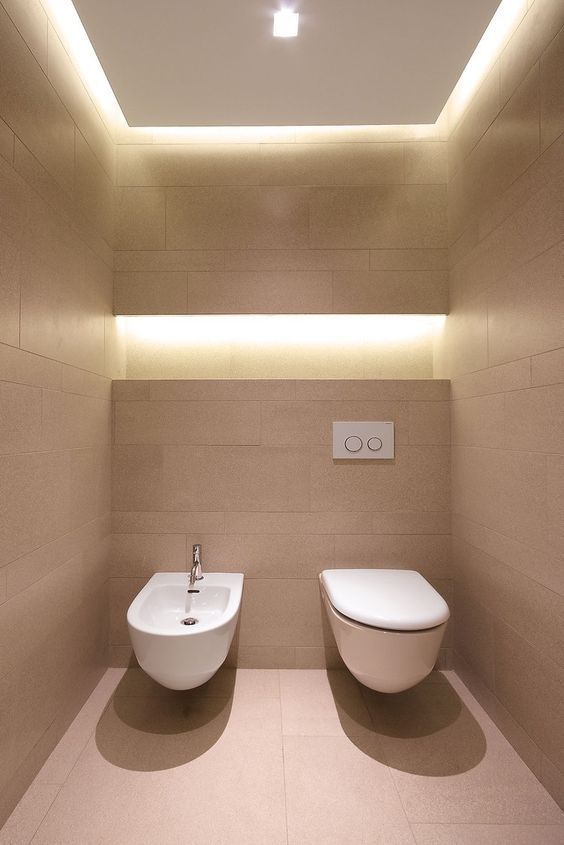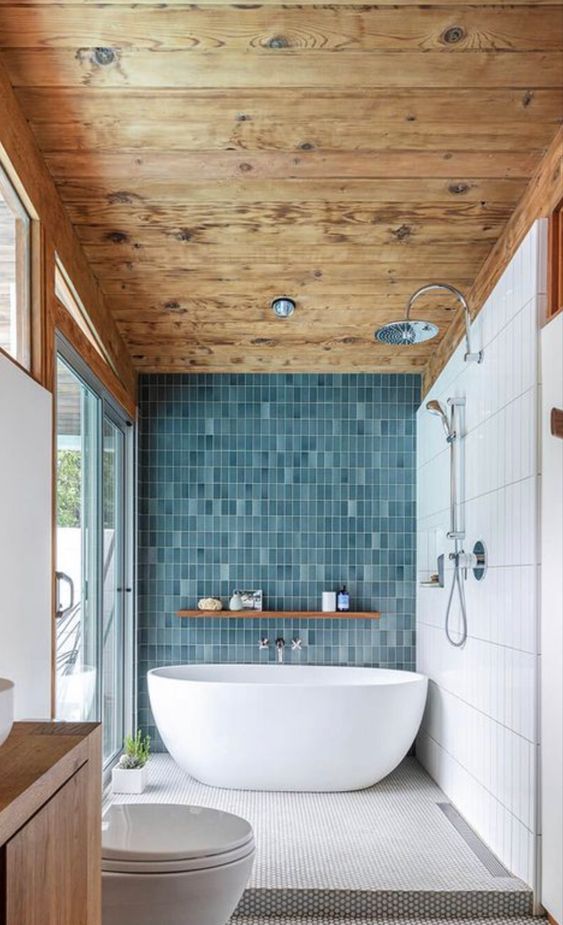
The bathroom ceiling is an important feature in any bathroom, serving both functional and aesthetic purposes. One of its main functions is to provide a barrier between the bathroom and the floor above, preventing water damage and leakage. A well-constructed ceiling can help protect the rest of the home from potential water damage caused by leaks or moisture buildup. Additionally, the ceiling can also serve as a design element, adding to the overall aesthetics of the bathroom. Many homeowners choose to incorporate special features such as recessed lighting, decorative moldings, or even skylights into their bathroom ceilings to create a stylish and functional space. Proper maintenance of the bathroom ceiling is key to ensuring that it remains in good condition and functions effectively in protecting the home from water damage. Regular inspections, cleaning, and repairs as needed can help prolong the life of the bathroom ceiling and maintain its functionality and appearance.
The bathroom ceiling is an often overlooked aspect of the bathroom design. While much attention is paid to the walls, floor, and fixtures in a bathroom, the ceiling is sometimes forgotten. However, the ceiling plays a crucial role in the overall aesthetic and functionality of the space. A well-designed bathroom ceiling can enhance the style and ambiance of the room, while also providing important practical functions.
One benefit of paying attention to the bathroom ceiling is the opportunity to add lighting fixtures. Proper lighting is essential in a bathroom for tasks such as shaving, applying makeup, and showering. By incorporating recessed lighting, pendant lights, or a chandelier into the ceiling design, you can create a well-lit and inviting space. Additionally, adding a ventilation fan to the ceiling can help prevent mold and mildew growth by circulating air and removing excess moisture.
Another consideration when designing a bathroom ceiling is the material used. Popcorn ceilings, which were popular in the past, can collect dust and be difficult to clean. Opting for a smooth ceiling finish or using materials such as beadboard, tile, or tin can improve the overall look of the space. Additionally, choosing a moisture-resistant material for the ceiling can help prevent damage caused by steam and humidity from showers and baths. By selecting the right materials, you can create a durable and visually appealing bathroom ceiling.
 Decoration Ideas
Decoration Ideas








